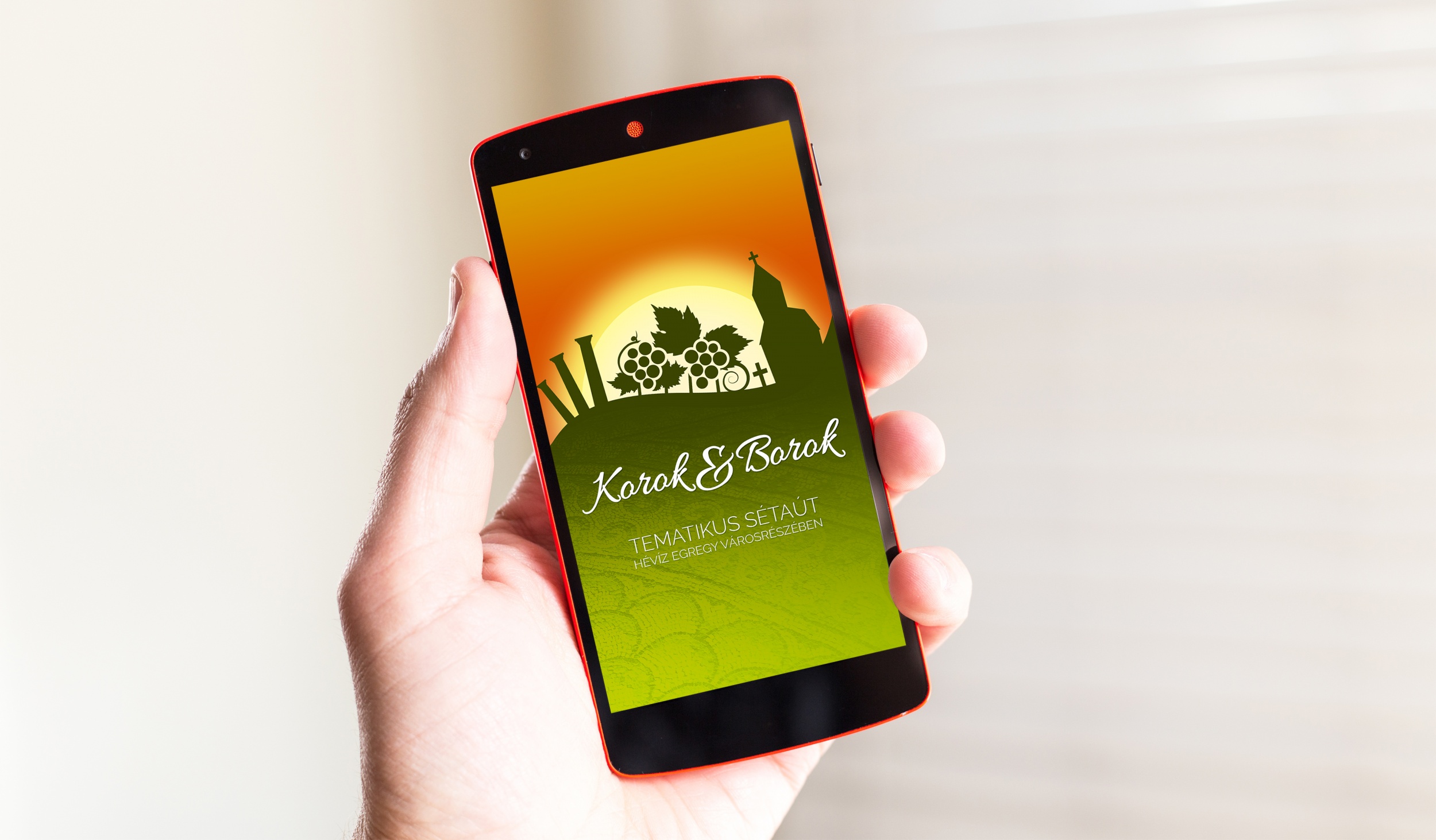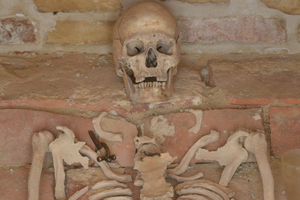 The late roman grave made of bricks, also known as the grave of the roman soldier. Made of bricks with quicklime. It was discovered during ploughing in perfect condition in 1925.
The late roman grave made of bricks, also known as the grave of the roman soldier. Made of bricks with quicklime. It was discovered during ploughing in perfect condition in 1925.
Late roman grave
The grave made from bricks was cut in a steep bank and discovered in 1925 on the eastern end of the parcel of resident László Baráth during ploughing. There was a male skeleton lying inside with bronze fibula on his right shoulder and a bronze belt snap on his waist. Beside the above an iron knife, fragments of a glass pot and a bronze coin from the era a Constantinus the 2nd (340-361) were found in the grave. The folks of Egregy soon started to spread the rumour that the grave contains the body of a Roman military officer alongside with many golden coins and military medals.
The archaeological excavation was made by dr Árpád Csák director of the Balaton Museum. The grave goods were transported to the museum in Keszthely where the relics were destroyed in World War II. But the brick-grave was not disassembled so it maintained its original condition and the skeleton as well and it can be visited. The Roman grave in Egregy is part of an unexcavated graveyard where a local citizen was buried around the middle of the 4th century with poor grave goods.
Dezső Kosztolányi, a famous Hungarian writer visited the place and observed the grave of the “Roman captain” in 1934. He wrote about his experiences in his short novel titled “Egregy” where he obtained “inspiration” from the mysterious connection between the world conqueror Rome and the tiny village and they encounter trough the life of the “Roman soldier” and the plough of László Baráth.
Grave of a roman soldier - audio material
You can listen to the audio material on this page, or save it to your hard drive or device from the 'Downloads' section via download in MP3 format.

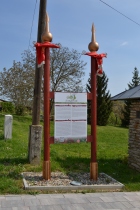




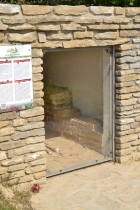
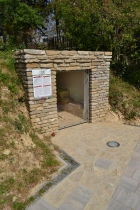

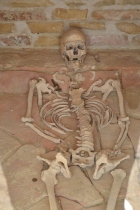


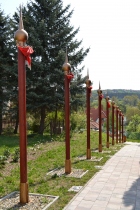

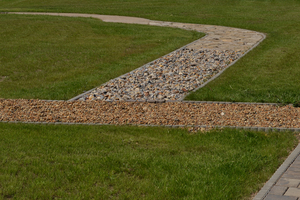
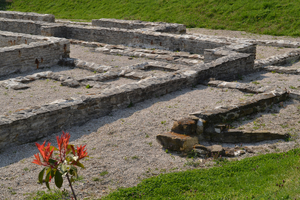
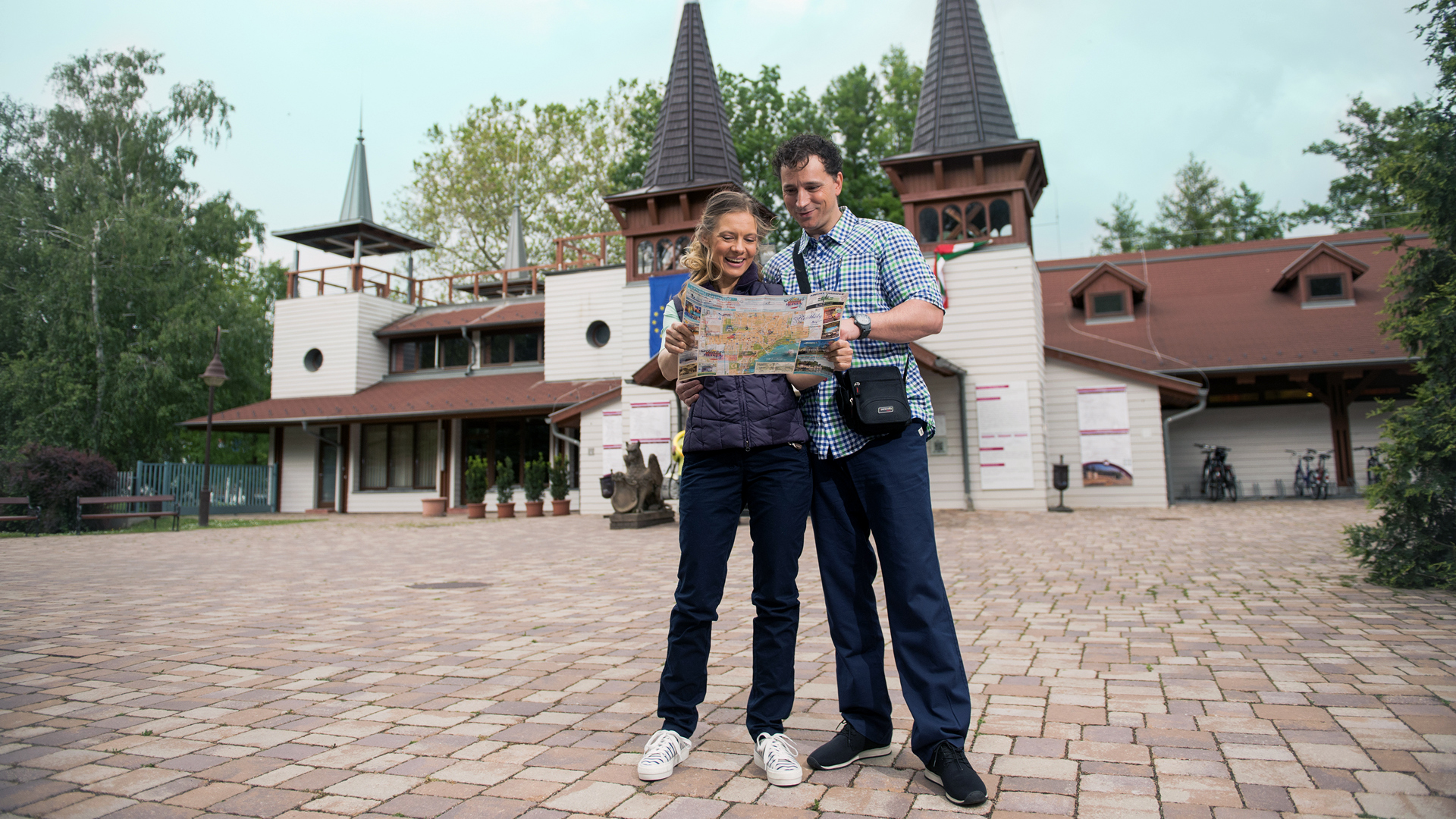
.jpg)
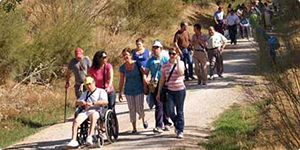
.jpg)


 Roman ruins
Roman ruins Grave of the roman soldier
Grave of the roman soldier Walking path stations
Walking path stations Church from the Árpád era
Church from the Árpád era Winery, wine cellar
Winery, wine cellar Wine bar, tavern
Wine bar, tavern Presentation building, exhibition
Presentation building, exhibition Event are
Event are Stage, theater
Stage, theater
 Parade square
Parade square Kneipp Stepstones
Kneipp Stepstones Ticket office & gift shop
Ticket office & gift shop Information
Information
 Signs
Signs Cab parking
Cab parking Car parking spaces
Car parking spaces Bus station, minibus parking
Bus station, minibus parking Parking spaces for the disabled
Parking spaces for the disabled
 Rest area
Rest area Walking path
Walking path Bicycle storage & HeBi
Bicycle storage & HeBi Walking routes
Walking routes Thematic playground
Thematic playground Roman garden & statue
Roman garden & statue Architectural heritage
Architectural heritage Cemetery, graveyard
Cemetery, graveyard Rest rooms
Rest rooms
 Rest room for the disabled
Rest room for the disabled




.jpg)
